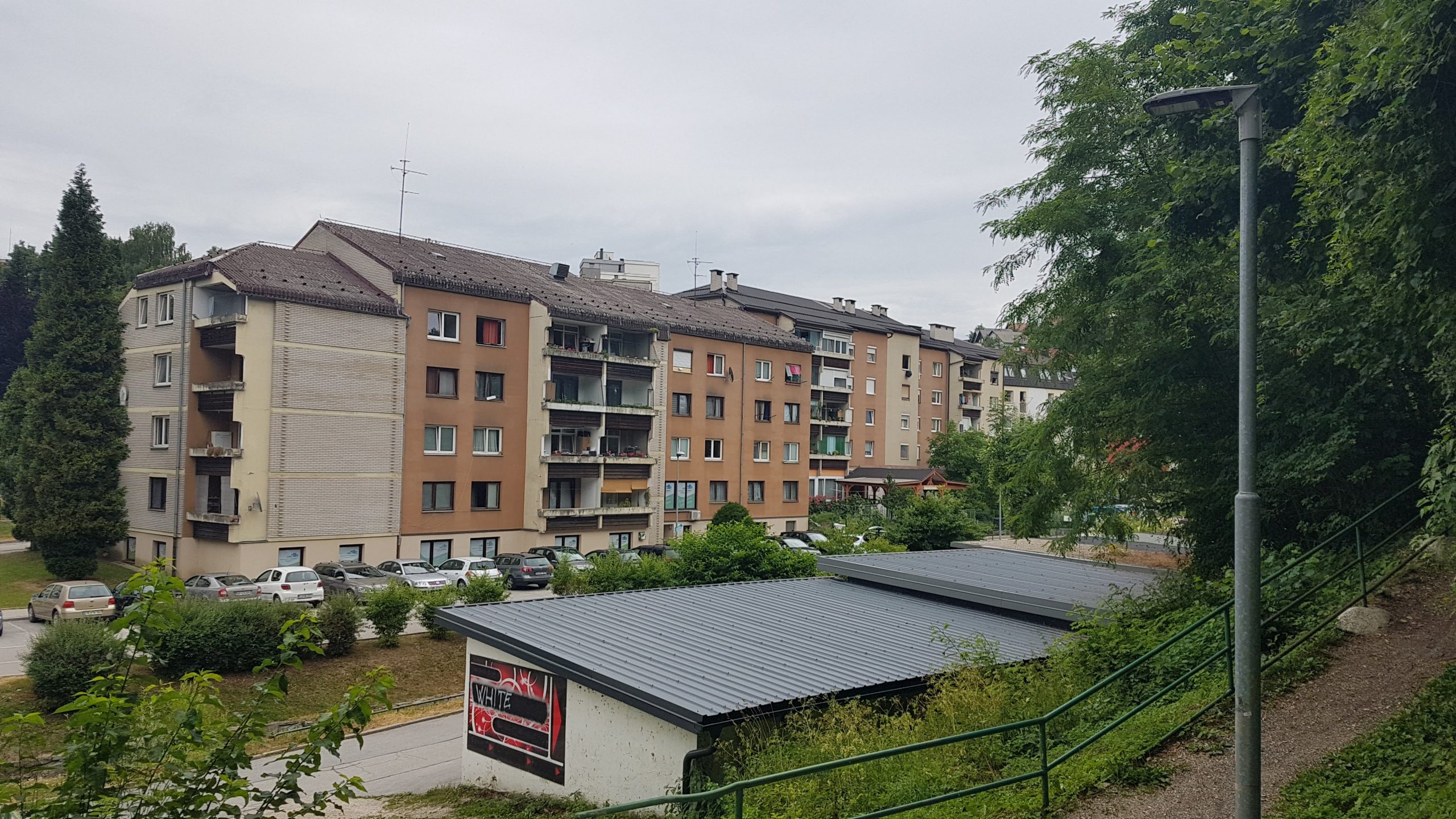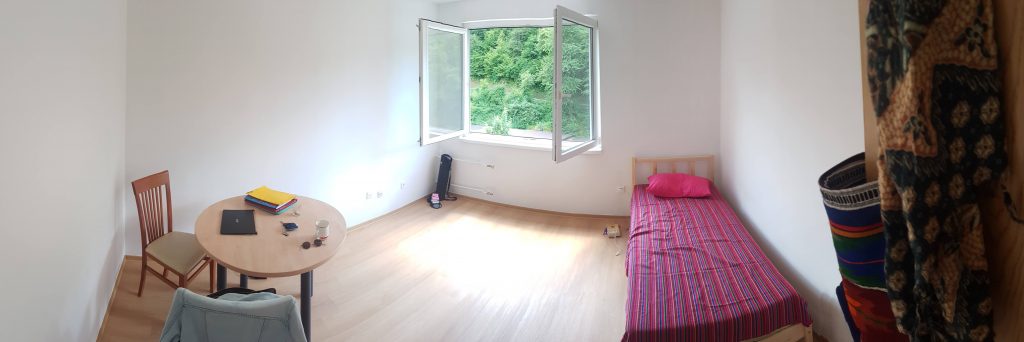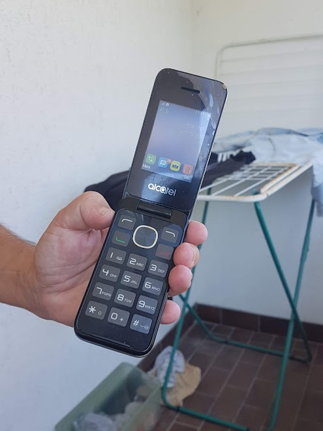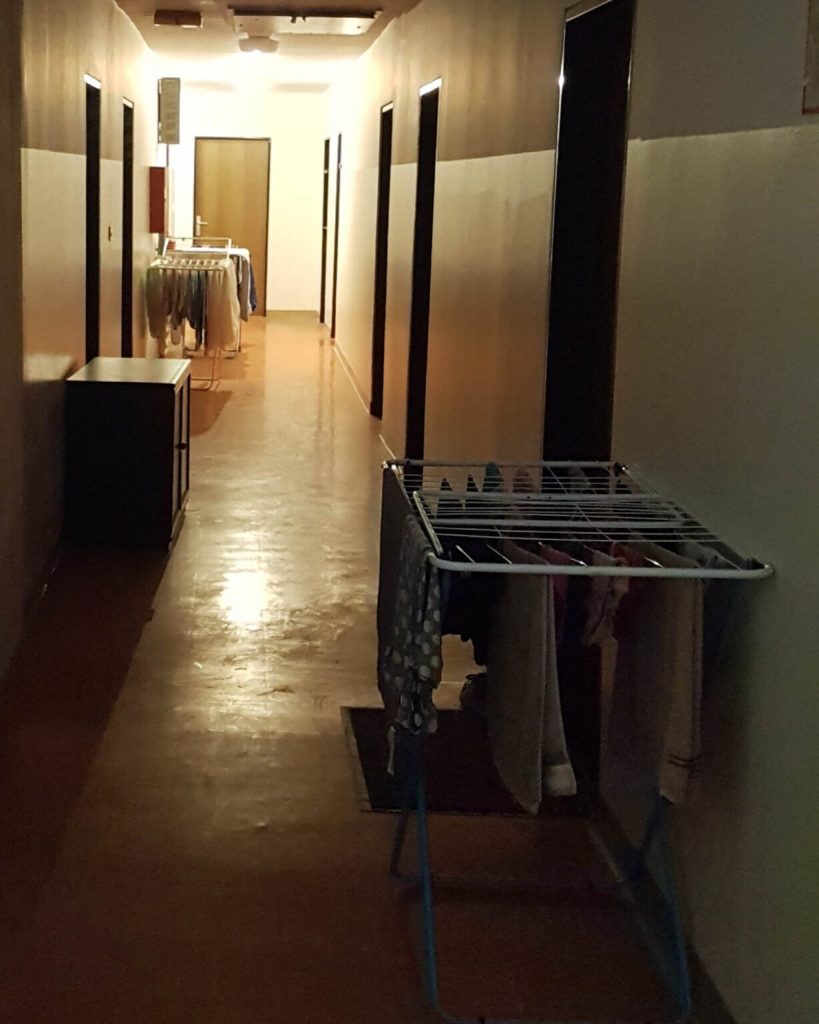Let’s renovate the houses! Do cockroaches really only move at night?

An anthropologist shares her experience after spending a few weeks in INFINITE demo site in Slovenia
Project INFINITE constantly encourages us to rethink established beliefs about the relationship between sciences, disciplines, and knowledge, as it focuses on two distinct thematic issues – the acceleration of multifamily housing renovation (through the so-called industrialisation of renovation) and people – and thus establishes (at least) an interdisciplinary dialogue throughout.
Although the record of activities undertaken by the project in recent months is supposed to focus on research, development, and on the key findings and insights that the research has brought, it is primarily about people: residents, researchers, managers, property managers, co-workers, and people with whom we spend only a short time. Namely, one of the essential premises of the project INFINITE is a people-centred approach, which strives to understand the polyphony of voices that arises in all steps of building renovation and the development of (technological) solutions, when taking into account the wishes, needs and social circumstances of the residents as well as the technical and technological constraints.
Demonstration building at Ravne na Koroškem
Although three residential buildings are being completely renovated as part of the INFINITE project – one in Slovenia, Italy, and France – we are devoting our greatest attention to the building in Ravne na Koroškem, Slovenia. The home for singles, as the building is called by the locals, is divided into nearly seventy housing units, and currently houses about eighty residents.
To better understand who lives in the building, how they live, and what is expected of the anticipated renovation, we first conducted some group discussions and then sent one of our anthropologists to do some “fieldwork” for a few weeks in July. She settled in one of the newly renovated third-floor studios and tried to gather first-hand information about the joys and sorrows of living in the building. And what did she do? She talked to the residents and observed what gives them the most headaches, how they solve the problems that arise with/in the apartment and what they expect from the renovation that will take place as part of the project. The main mission: to figure out how to renovate a multi-residential building in such a way that transforming it into a sustainable building makes life easier, not harder, for the residents.
Indeed, one of IRI UL ‘s tasks in the project is to formulate recommendations for the development of a building management system (BMS) that will connect various INFINITE technologies kits. Additional ambition: to achieve the objectives of the main mission, bearing in mind that the transformation into a smart building is also intended to promote a sustainable lifestyle and respectively that technologies should be used to fulfill their purpose – improving the quality of the internal environment and reducing energy consumption/saving energy.
After a few sleepless nights it became obvious that living (and working) in the building was “intense”. Or as our anthropologist wrote in a field diary:
I have been sleeping with the window wide open to cool down the apartment, which is really overheated in this heat wave – and now I got cold at night. This temperature regulation is quite exhausting – first hot, then cold.

Residents who have settled in the building for a long or short period of time form a heterogeneous group of people: (factory) workers, local craftsmen, pensioners, young couples, immigrant families, young people who want to become independent, people in social distress and many others. The heterogeneity of the group indicates the heterogeneity of lifestyles. Nevertheless, in the initial analysis of the collected data, we have gained some important insights that we will take into account when formulating recommendations for the development of a building management system.
Do you use smartphones?

The building management system provides, among other things, user interfaces that could be installed in individual housing units. Using the interfaces, residents could control temperature and ventilation while creating a schedule that follows their daily rhythm and adjusts energy consumption depending on whether they are “at home” or not. It is important that residents are skilled in using such a (digital) tool, understand its benefits, values, and management methods. For this, two components are important: the user interface must take into account the level of (digital) literacy and other characteristics of the residents – e.g., myopia, near-sightedness.
It turned out that the problem is not only the use of digital technologies (e.g., smartphones), but also the purely technical characteristics of digital technologies: the size of letters, buttons, screens. Perhaps more importantly, the literacy of residents must also be considered when designing user interfaces and instructions for their use. As our anthropologist noted in her field notes when observing signing of the consent forms:
What is a chirp and a formality for me took 2-3 minutes for them.
Where do you dry your laundry?
Our living environment plays an important role in shaping our daily habits. We spend much of our time in our own homes. Where and how we live has a significant impact on how we feel and behave in our homes, but at the same time it also situates us socially and influences our (physical) health.
In terms of quality of life, which is also addressed in the INFINITE renovation process, it is important to highlight the size of the apartments in the building in question. The apartments are relatively small (between 20 and 30 m2), which often leads to a lack of space or overcrowding with items. Problems with the placement of the washing machine (usually in the hallway of the apartment and without a real connection to the sewerage system) and the associated problems with drying laundry are certainly at the forefront here.
In apartments without balconies, drying space is often simply too limited; some residents dry their laundry in unused corners of the apartments or in the (shared) hallway. In the summer months, when windows are wide open, the saturation of the air with moisture is automatically regulated, while the high humidity and lack of ventilation in the colder months lead to mold growth.
Poor ventilation is a problem in both bathrooms and central living areas, where residents also cook and then have difficulty getting rid of odours. The most common solution is ventilation with open windows, but this shrinks to just a few minutes a day in the winter months.
When developing (technological) solutions to improve air quality, it is therefore necessary to take into account the living conditions of the residents and the habits that have developed as a result of the limiting factors.

200 Euros
Home for singles has a specific place in the imagination of the locals. Whereas in the past it was mostly single men who worked in the local steel plant who lived here, today it is a place largely marked by other specific socioeconomic connotations. Many of the residents are immigrants from the countries of the former Yugoslavia, some of whom are also marked by a life on the economic margins. Too, many residents find an additional source of income by pursuing employment such as blueberry picking, occasional work opportunities, etc.
The renovation of the building can be seen as an important turning point – it represents an opportunity that will breathe new life into the building and position it differently in the perception of locals. At the same time, renovation presents many dilemmas for all of us involved in the process – how do we renovate a building to the highest known standards without damaging or destroying items (e.g. outdoor air conditioning units) that are symbols of renunciation for residents? How can we renovate a building and equip it with modern technologies that will serve people and not burden them? And finally, how can we renovate the building and ensure that the rent remains affordable for the former residents despite the better living conditions? Similar dilemmas and questions also challenge the meaning of our work and remind us again and again that people must be at the centre of our work:
And this is essential: we are renovating apartments where people from the social margins live – how are they supposed to cope with higher rents? How are they supposed to think about proper waste separation and saving electricity when they are primarily concerned with how to survive on the 200 euros they have left at the end of the month for food and clothing?
Finally, a story about cockroaches
Some factors contribute to the persistent presence of insects: lack of space, poor kitchen “infrastructure”, dilapidation of the building, washing dishes in the bathtub etc. Cockroaches can be also the reason for reluctance to introduce a green facade or green roof, offered as one of INFINITE technological solutions. And really – why would residents want greenery that they believe will become a home for insects when the insects will make their lives miserable even without it?
Over the next months our researchers will visit the demo site again to involve the residents and the building owners in the decision process, collect feedback and remove any doubts on the technologies that will be applied.
Authors: Veronika Zavratnik, Jure Vetršek, Rok Stropnik
Original article: iri.uni-lj.si/en/lets-renovate-the-houses-do-cockroaches-really-only-move-at-night/
RELATED NEWS
Retrofitted building in Ravne na Koroškem opens to the public
Success at the opening of the renovated building on the 5th November 2025
Renovation works advance in Slovenia
A look behind the scenes of the Slovenian demo
New study on the potential of industrialised building renovation
Paper on how older buildings can be renovated faster and efficiently with prefabricated industrialised solutions.